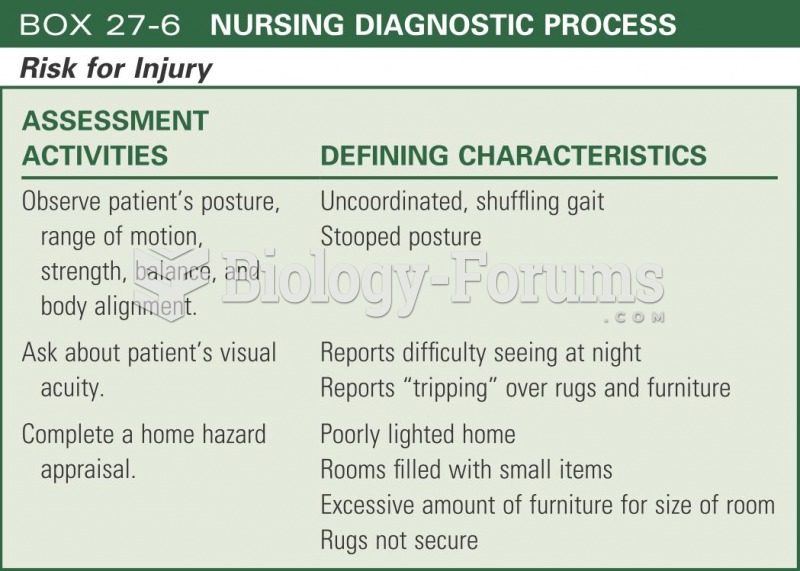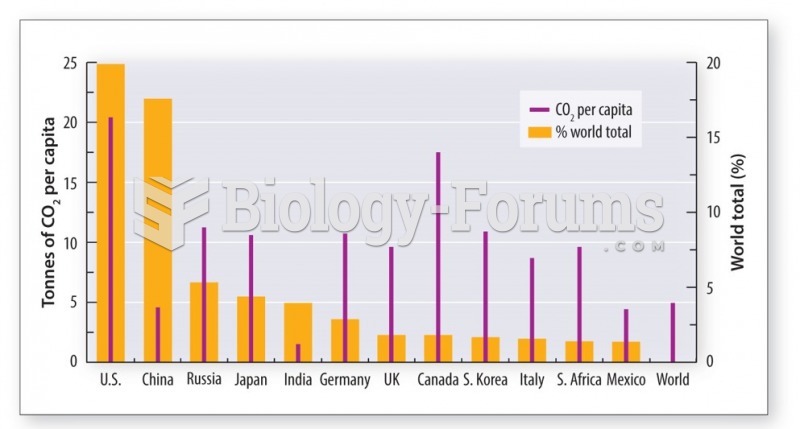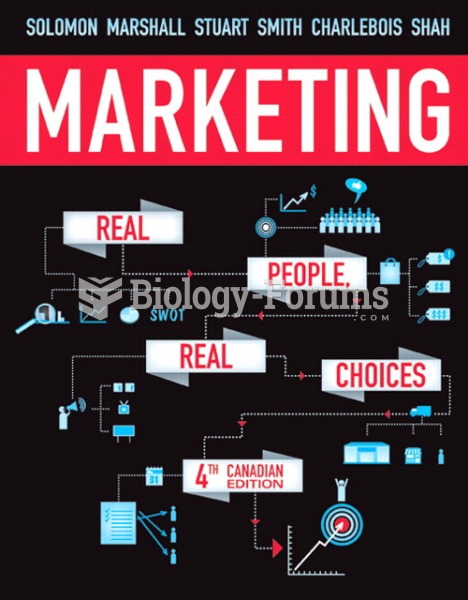Answer to Question 1
Older adults face a greater risk of vitamin D deficiency than younger people do. Vitamin Dfortified milk is the most reliable source of vitamin D, but many older adults drink little or no milk. Further compromising the vitamin D status of many older people, especially those in assisted living facilities or group homes, is their limited exposure to sunlight. Finally, aging reduces the skin's capacity to make vitamin D and the kidneys' ability to convert it to its active form. Not only are older adults not getting enough vitamin D, but they may actually need more to improve both muscle and bone strength. To prevent bone loss and to maintain vitamin D status, especially in those who engage in minimal outdoor activity, adults 51 to 70 years old need 15 micrograms daily and those 71 and older need 20 micrograms. Supplements may be needed to achieve adequate levels of vitamin D.
Answer to Question 2
Dehydration is a risk for older adults, who may not notice or pay attention to their thirst or who find it difficult and bothersome to get a drink or to get to a bathroom. Older adults who have lost bladder control may be afraid to drink too much water. Despite real fluid needs, older people do not seem to feel as thirsty or notice mouth dryness as readily as younger people. Many employees of health care communities such as assisted living facilities say it is hard to persuade their elderly clients to drink enough water and fruit juices.
Total body water decreases as people age, so even mild stresses such as fever or hot weather can precipitate rapid dehydration in older adults. Dehydrated older adults seem to be more susceptible to urinary tract infections, pneumonia, pressure ulcers, confusion, and disorientation. An intake of 9 cups a day of total beverages, including water, is recommended for women; for men, the recommendation is 13 cups a day of total beverages, including water.







